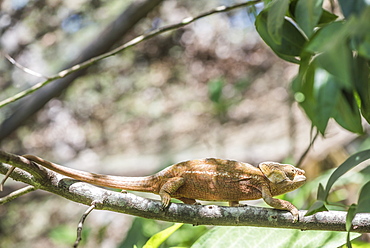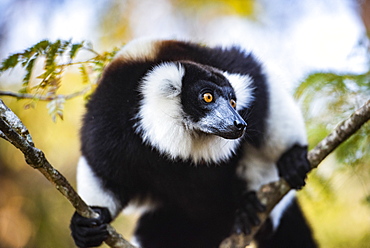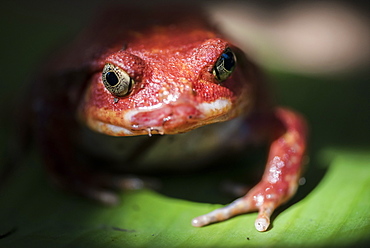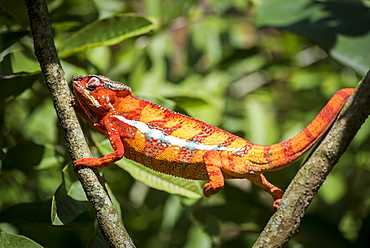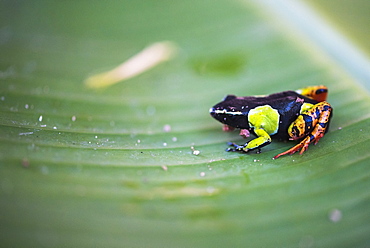Results
« Previous 1 2 3 4 5 Next »
410 results found
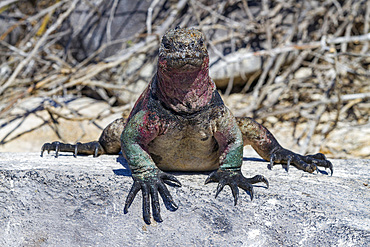
The endemic Galapagos marine iguana (Amblyrhynchus cristatus) on Espanola Island in the Galapagos Islands, UNESCO World Heritage Site, Ecuador, South America

The endemic lava cactus (Brachycereus spp) cactus growing in the Galapagos Island Archipelago, UNESCO World Heritage Site, Ecuador, South America
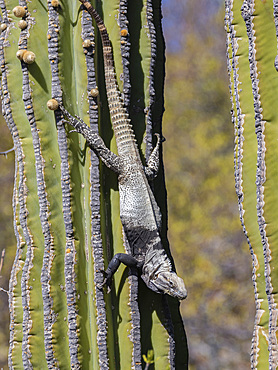
Adult San Esteban spiny-tailed iguana (Ctenosaura conspicuosa), endemic to Isla San Esteban, Baja California, Mexico, North America

Adult San Esteban spiny-tailed iguana (Ctenosaura conspicuosa), endemic to Isla San Esteban, Baja California, Mexico, North America
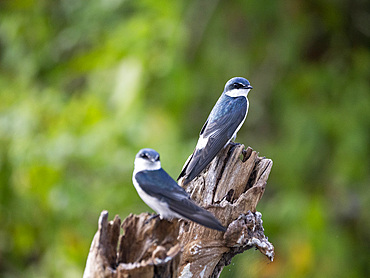
An adult mangrove swallow (Tachycineta albilinea), on New River near the Mesoamerican archaeological site of Lamanai, Belize
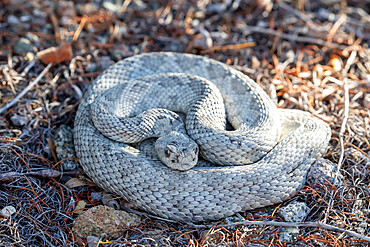
Ashy morph of the Santa Catalina rattlesnake (Crotalus catalinensis), endemic to Isla Santa Catalina, Baja California Sur, Mexico, North America
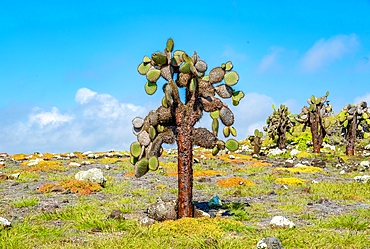
Giant Prickly Pear Cactus (Opuntia cacti) on South Plaza, Galapagos Islands, UNESCO World Heritage Site, Ecuador, South America
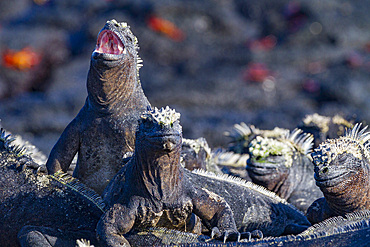
The endemic Galapagos marine iguana (Amblyrhynchus cristatus) in the Galapagos Island Archipelago, UNESCO World Heritage Site, Ecuador, South America
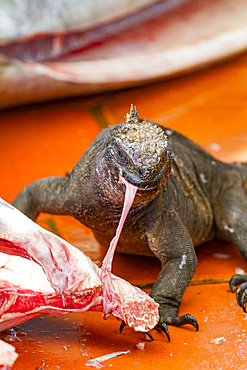
The endemic Galapagos marine iguana (Amblyrhynchus cristatus) feeding on fish at the Puerto Ayora fish market, Santa Cruz Island, Galapagos, UNESCO World Heritage Site, Ecuador, South America
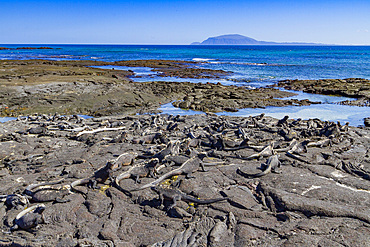
The endemic Galapagos marine iguana (Amblyrhynchus cristatus) in the Galapagos Island Archipelago, UNESCO World Heritage Site, Ecuador, South America
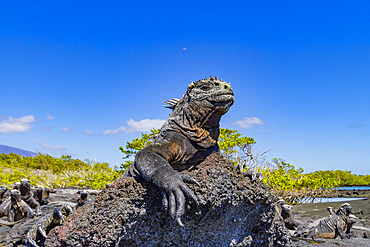
The endemic Galapagos marine iguana (Amblyrhynchus cristatus) in the Galapagos Island Archipelago, UNESCO World Heritage Site, Ecuador, South America

Tufts of grass and El Misti and Chachani volcanoes, Salinas y Aguada Blanca National Reserve, Arequipa Region, Peru, South America
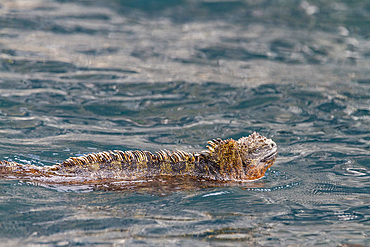
The endemic Galapagos marine iguana (Amblyrhynchus cristatus) in the Galapagos Island Archipelago, UNESCO World Heritage Site, Ecuador, South America

The endemic Galapagos marine iguana (Amblyrhynchus cristatus) in the Galapagos Island Archipelago, UNESCO World Heritage Site, Ecuador, South America
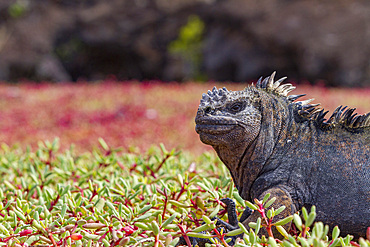
The endemic Galapagos marine iguana (Amblyrhynchus cristatus) in the Galapagos Island Archipelago, UNESCO World Heritage Site, Ecuador, South America
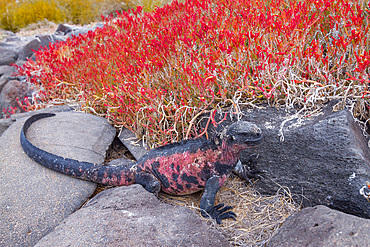
The endemic Galapagos marine iguana (Amblyrhynchus cristatus) on Espanola Island in the Galapagos Islands, UNESCO World Heritage Site, Ecuador, South America
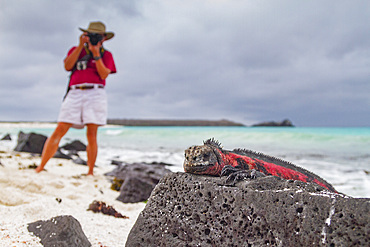
Tourist photographing an endemic Galapagos marine iguana (Amblyrhynchus cristatus) on Espanola Island in the Galapagos Islands, UNESCO World Heritage Site, Ecuador, South America
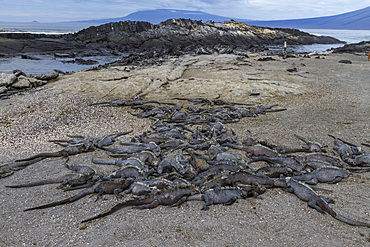
The endemic Galapagos marine iguana (Amblyrhynchus cristatus) in the Galapagos Island Archipelago, UNESCO World Heritage Site, Ecuador, South America

The endemic Galapagos marine iguana (Amblyrhynchus cristatus) in the Galapagos Island Archipelago, UNESCO World Heritage Site, Ecuador, South America
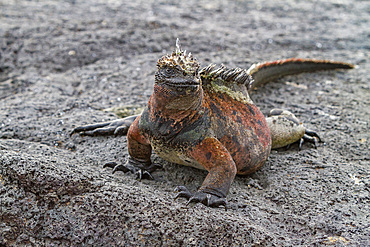
The endemic Galapagos marine iguana (Amblyrhynchus cristatus) in the Galapagos Island Archipelago, UNESCO World Heritage Site, Ecuador, South America

The endemic Galapagos marine iguana (Amblyrhynchus cristatus), foot detail, Espanola Island in the Galapagos Islands, UNESCO World Heritage Site, Ecuador, South America
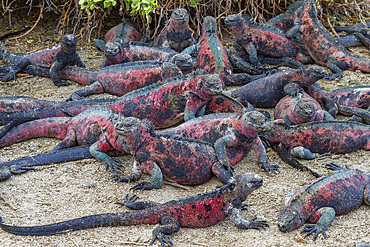
The endemic Galapagos marine iguana (Amblyrhynchus cristatus) on Espanola Island in the Galapagos Islands, UNESCO World Heritage Site, Ecuador, South America
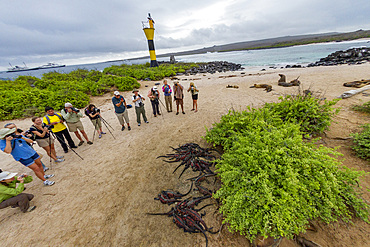
The endemic Galapagos marine iguana (Amblyrhynchus cristatus) on Espanola Island in the Galapagos Islands, UNESCO World Heritage Site, Ecuador, South America
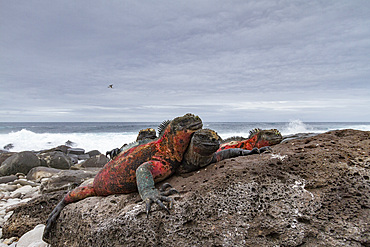
The endemic Galapagos marine iguana (Amblyrhynchus cristatus) on Espanola Island in the Galapagos Islands, UNESCO World Heritage Site, Ecuador, South America
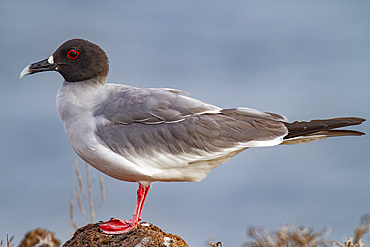
Adult Swallow-tailed gull (Creagrus furcatus) on Espanola Island in the Galapagos Island Archipelago, UNESCO World Heritage Site, Ecuador, South America
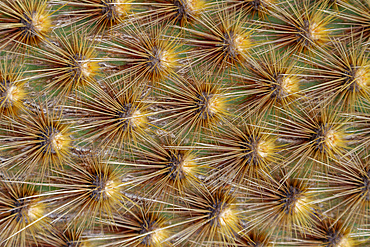
The endemic Opuntia cactus (Opuntia echios) cactus growing in the Galapagos Island Archipelago, UNESCO World Heritage Site, Ecuador, South America
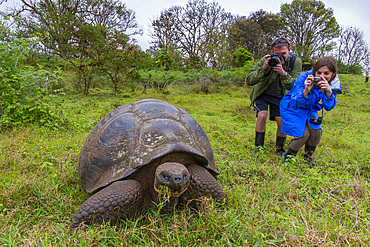
Tourists photographing a wild Galapagos giant tortoise (Geochelone elephantopus) feeding on the upslope grasslands of Santa Cruz Island, Galapagos, UNESCO World Heritage Site, Ecuador, South America

The ancient dragon tree (Dracaena draco) at Icod de Los Vinos, Tenerife, Canary Islands, Spain, Atlantic Ocean, Europe
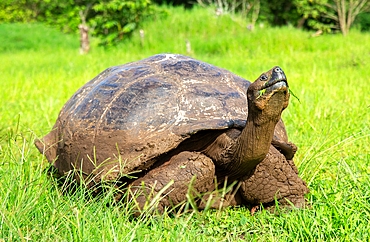
Galapagos Giant Tortoise (Chelonoidis chathamensis), can live for over 100 years, on San Cristobal island, Galapagos, UNESCO World Heritage Site, Ecuador, South America
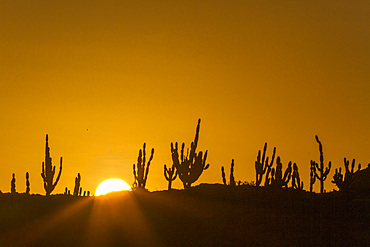
The endemic candelabra cactus (Jasminocereus thouarsii) growing in the Galapagos Islands Archipelago, UNESCO World Heritage Site, Ecuador, South America
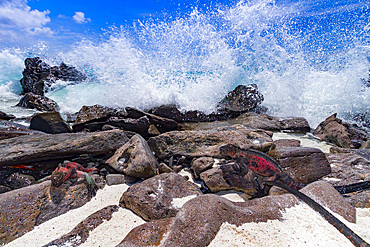
The endemic Galapagos marine iguana (Amblyrhynchus cristatus) in the Galapagos Island Archipelago, UNESCO World Heritage Site, Ecuador, South America

Adult Swallow-tailed gull (Creagrus furcatus) in the Galapagos Island Archipelago, UNESCO World Heritage Site, Ecuador, South America
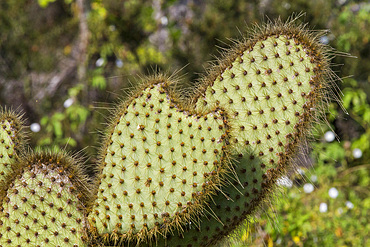
The endemic Opuntia cactus (Opuntia echios) cactus growing in the Galapagos Island Archipelago, UNESCO World Heritage Site, Ecuador, South America
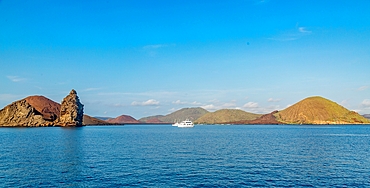
Pinnacle Rock on Bartolome Island in the Galapagos Islands, UNESCO World Heritage Site, Ecuador, South America

Antarctic fur seal pups (Arctocephalus gazella) playing in Fortuna Bay on South Georgia, Southern Ocean, Polar Regions

The endemic Galapagos marine iguana (Amblyrhynchus cristatus) in the Galapagos Island Archipelago, UNESCO World Heritage Site, Ecuador, South America
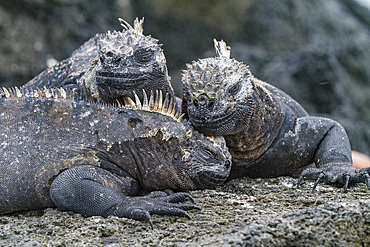
The endemic Galapagos marine iguana (Amblyrhynchus cristatus) in the Galapagos Island Archipelago, UNESCO World Heritage Site, Ecuador, South America

The endemic Galapagos marine iguana (Amblyrhynchus cristatus) in the Galapagos Island Archipelago, UNESCO World Heritage Site, Ecuador, South America
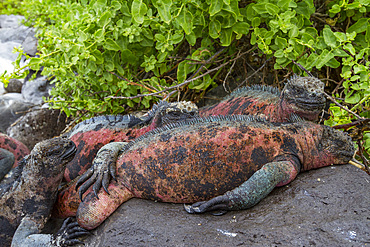
The endemic Galapagos marine iguana (Amblyrhynchus cristatus) on Espanola Island in the Galapagos Islands, UNESCO World Heritage Site, Ecuador, South America
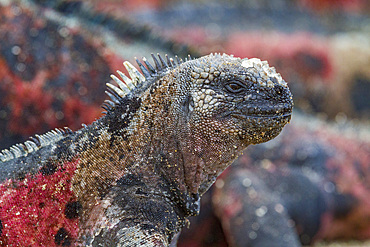
The endemic Galapagos marine iguana (Amblyrhynchus cristatus) on Espanola Island in the Galapagos Islands, UNESCO World Heritage Site, Ecuador, South America
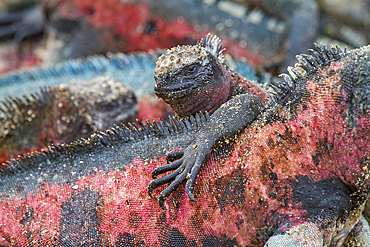
The endemic Galapagos marine iguana (Amblyrhynchus cristatus) on Espanola Island in the Galapagos Islands, UNESCO World Heritage Site, Ecuador, South America
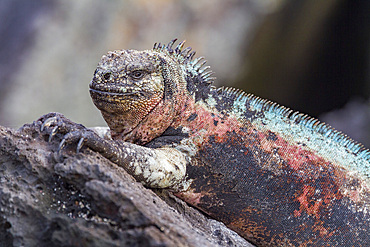
The endemic Galapagos marine iguana (Amblyrhynchus cristatus) on Espanola Island in the Galapagos Islands, UNESCO World Heritage Site, Ecuador, South America
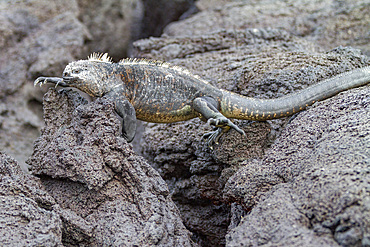
The endemic Galapagos marine iguana (Amblyrhynchus cristatus) in the Galapagos Island Archipelago, UNESCO World Heritage Site, Ecuador, South America
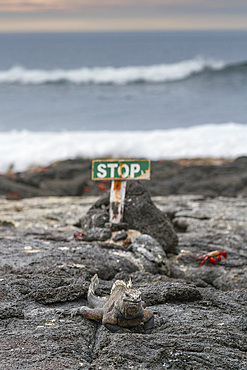
The endemic Galapagos marine iguana (Amblyrhynchus cristatus) in the Galapagos Island Archipelago, UNESCO World Heritage Site, Ecuador, South America

The endemic Galapagos marine iguana (Amblyrhynchus cristatus) on Espanola Island in the Galapagos Islands, UNESCO World Heritage Site, Ecuador, South America
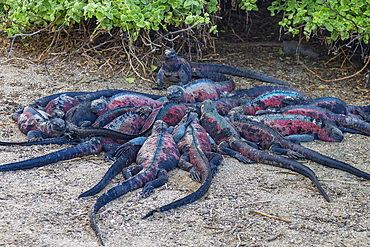
The endemic Galapagos marine iguana (Amblyrhynchus cristatus) on Espanola Island in the Galapagos Islands, UNESCO World Heritage Site, Ecuador, South America
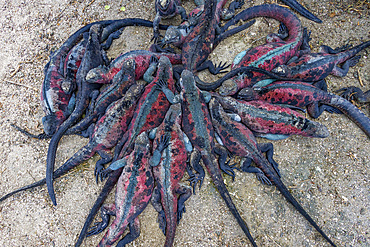
The endemic Galapagos marine iguana (Amblyrhynchus cristatus) on Espanola Island in the Galapagos Islands, UNESCO World Heritage Site, Ecuador, South America
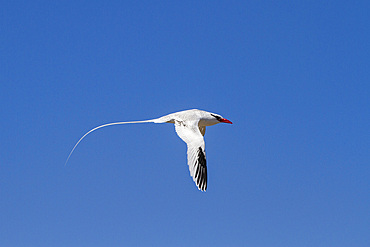
Adult red-billed tropicbird (Phaethon aethereus) in flight in the Galapagos Island Archipelago, UNESCO World Heritage Site, Ecuador, South America
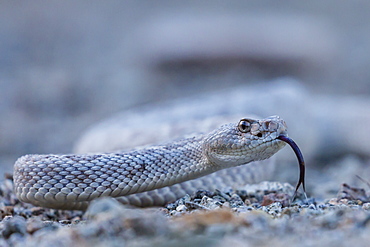
Ash colored morph of the endemic rattleless rattlesnake (Crotalus catalinensis), Isla Santa Catalina, Baja California Sur, Mexico, North America
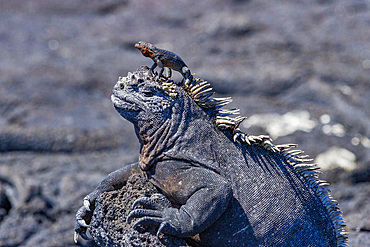
The endemic Galapagos marine iguana (Amblyrhynchus cristatus) with a lava lizard on top of its head, Galapagos, UNESCO World Heritage Site, Ecuador, South America

Adult South Georgia Pipit (Anthus antarcticus) feeding at low tide on Prion Island, Bay of Isles, South Georgia, Polar Regions
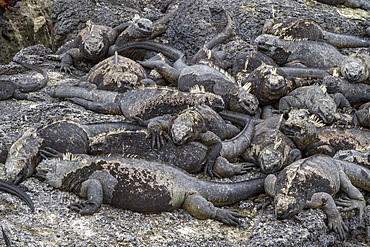
The endemic Galapagos marine iguana (Amblyrhynchus cristatus) in the Galapagos Island Archipelago, UNESCO World Heritage Site, Ecuador, South America
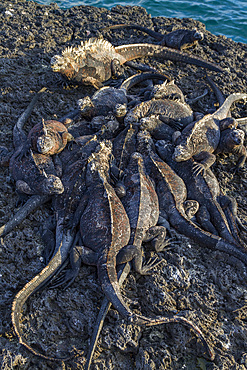
The endemic Galapagos marine iguana (Amblyrhynchus cristatus) in the Galapagos Island Archipelago, UNESCO World Heritage Site, Ecuador, South America
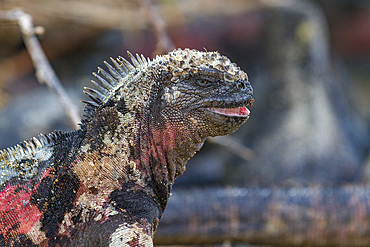
The endemic Galapagos marine iguana (Amblyrhynchus cristatus) on Espanola Island in the Galapagos Islands, UNESCO World Heritage Site, Ecuador, South America
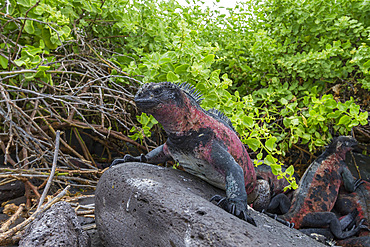
The endemic Galapagos marine iguana (Amblyrhynchus cristatus) on Espanola Island in the Galapagos Islands, UNESCO World Heritage Site, Ecuador, South America
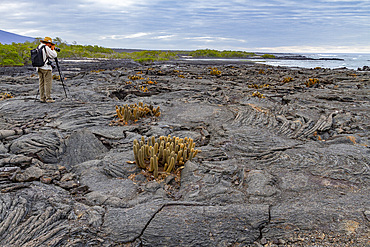
The endemic lava cactus (Brachycereus spp) cactus growing in the Galapagos Island Archipelago, UNESCO World Heritage Site, Ecuador, South America
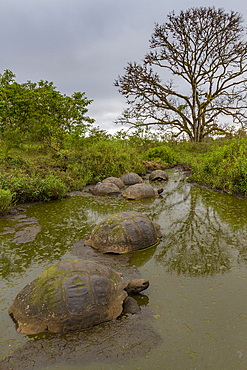
Wild Galapagos giant tortoises (Geochelone elephantopus) feeding on the upslope grasslands of Santa Cruz Island, Galapagos, UNESCO World Heritage Site, Ecuador, South America

Microbats constitute the suborder Microchiroptera, found in a sandstone crevice on Bigge Island, Kimberley, Western Australia, Australia, Pacific

Lava lizard (Microlophus spp) in the Galapagos Islands Archipelago, UNESCO World Heritage Site, Ecuador, South America
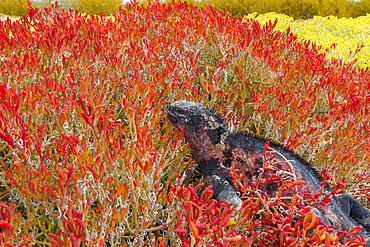
The endemic Galapagos marine iguana (Amblyrhynchus cristatus) on Espanola Island in the Galapagos Islands, UNESCO World Heritage Site, Ecuador, South America

Endemic giant barrel cactus (Ferocactus diguetii) on Isla Santa Catalina, Baja California Sur, Mexico, North America
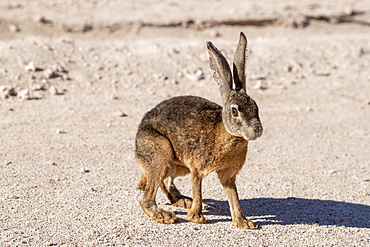
Black jackrabbit (Lepus insularis), endemic only to Isla del Espiritu Santo, Baja California Sur, Mexico, North America
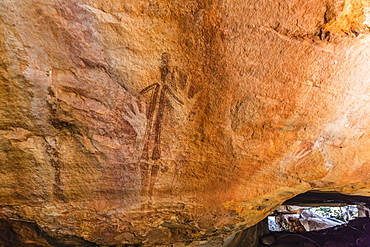
Rock art endemic to the Kimberley, called Gwion Gwion or Bradshaw Art, Vansittart Bay, Kimberley, Western Australia, Australia, Pacific
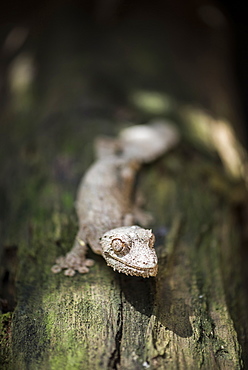
Leaf-tailed gecko (Baweng Satanic leaf gecko) (Uroplatus phantasticus), endemic to Madagascar, Africa
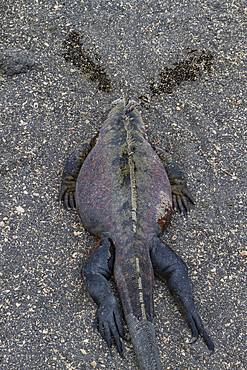
The endemic Galapagos marine iguana (Amblyrhynchus cristatus) in the Galapagos Island Archipelago, UNESCO World Heritage Site, Ecuador, South America
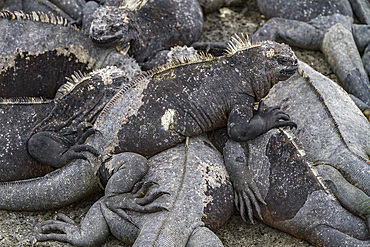
The endemic Galapagos marine iguana (Amblyrhynchus cristatus) in the Galapagos Island Archipelago, UNESCO World Heritage Site, Ecuador, South America
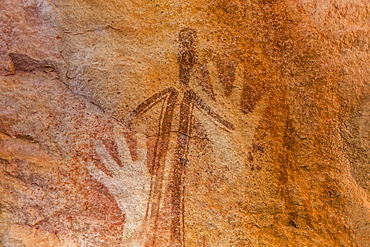
Rock art endemic to the Kimberley, called Gwion Gwion or Bradshaw Art, Vansittart Bay, Kimberley, Western Australia, Australia, Pacific
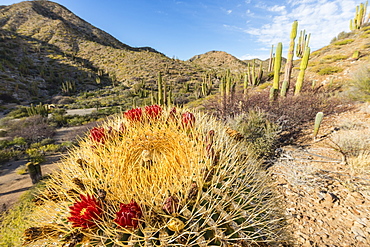
Endemic giant barrel cactus (Ferocactus diguetii) on Isla Santa Catalina, Baja California Sur, Mexico, North America
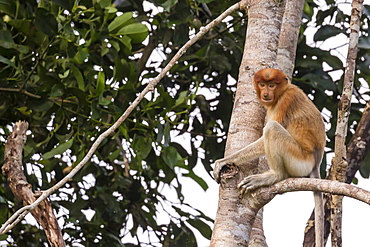
Proboscis monkey (Nasalis larvatus) endemic to Borneo, Tanjung Puting National Park, Borneo, Indonesia, Southeast Asia, Asia
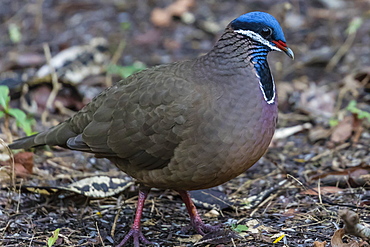
An adult blue-headed quail-dove (Starnoenas cyanocephala), Zapata National Park, endemic to Cuba, Cuba, West Indies, Caribbean, Central America
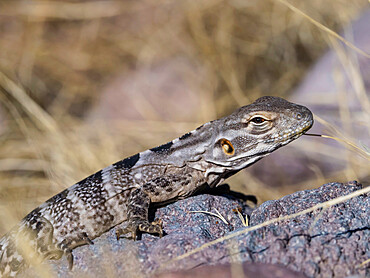
Adult female San Esteban spiny-tailed iguana (Ctenosaura conspicuosa), endemic to Isla San Esteban, Baja California, Mexico, North America
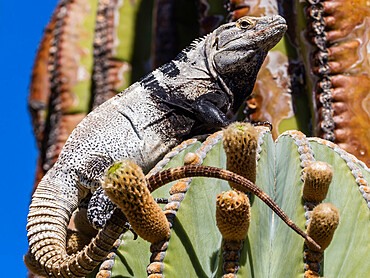
Adult male San Esteban spiny-tailed iguana (Ctenosaura conspicuosa), endemic to Isla San Esteban, Baja California, Mexico, North America
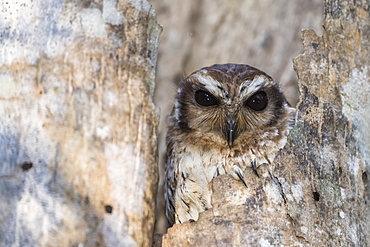
A wild adult bare-legged owl (Margarobyas lawrencii), endemic to Cuba, Zapata National Park, Cuba, West Indies, Caribbean, Central America

Adult male proboscis monkey (Nasalis larvatus), endemic to Borneo, Tanjung Puting National Park, Borneo, Indonesia, Southeast Asia, Asia

Captive Cuban crocodile (Crocodylus rhombifer), a small species of crocodile endemic to Cuba, West Indies, Central America
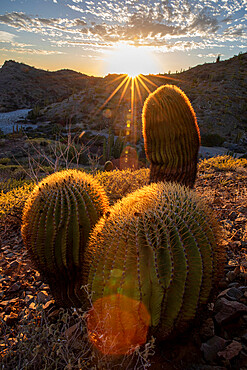
Endemic giant barrel cactus (Ferocactus diguetii), on Isla Santa Catalina, Baja California Sur, Mexico, North America
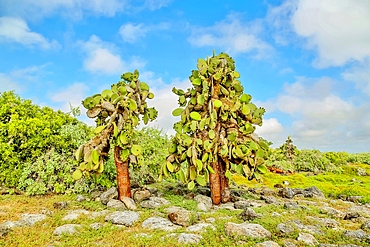
Opuntia (Prickly Pear) cacti on South Plaza island, Galapagos, UNESCO World Heritage Site, Ecuador, South America

Black jackrabbit (Lepus insularis), endemic only to Isla del Espiritu Santo, Baja California Sur, Mexico, North America

Brown morph of the Santa Catalina rattlesnake (Crotalus catalinensis), endemic to Isla Santa Catalina, Baja California Sur, Mexico, North America
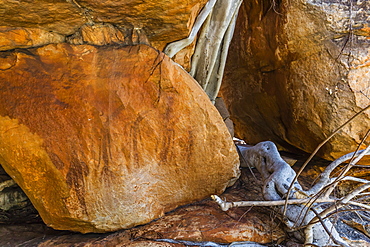
Rock art endemic to the Kimberley, called Gwion Gwion or Bradshaw Art, Vansittart Bay, Kimberley, Western Australia, Australia, Pacific
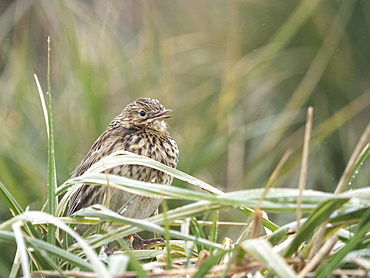
Adult endemic South Georgia pipit (Anthus antarcticus), in tussah grass in Stromness Harbor, South Georgia, Polar Regions
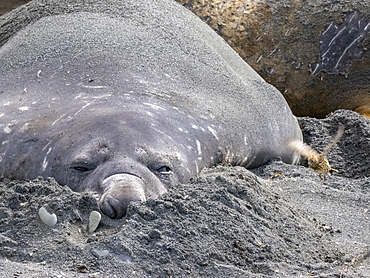
Adult endemic South Georgia pipit (Anthus antarcticus), near elephant seal bull in Gold Harbor, South Georgia, Polar Regions

Ash colored morph of the endemic rattleless rattlesnake (Crotalus catalinensis), Isla Santa Catalina, Baja California Sur, Mexico, North America

Fijian crested iguana, endemic to Fiji, Brachylophus vitiensis, one of the world's rarest reptiles, Kulu Wildlife Park, Fiji, Pacific Islands, Pacific
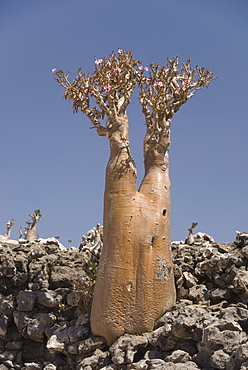
Bottle-tree (desert rose) (adenium obesum) endemic to island, Diksam Plateau, central Socotra Island, Yemen, Middle East
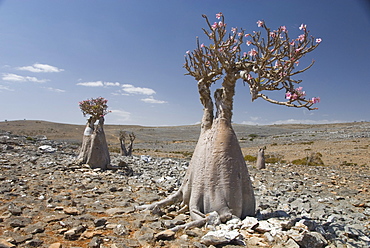
Bottle-tree (desert rose) (adenium obesum) endemic to island, Diksam Plateau, central Socotra Island, Yemen, Middle East

A large male Black Ctenosaur (Iguana negra) with parasitic ticks, a lizard species endemic to Central and South America, Nosara, Nicoya Peninsula, Guanacaste Province, Costa Rica, Central America
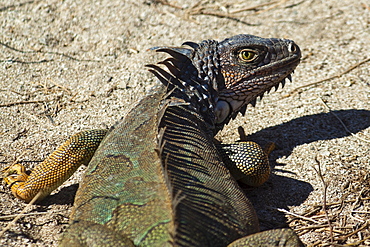
A large male Green Iguana, a lizard species endemic to Central and South America, Nosara, Nicoya Peninsula, Guanacaste Province, Costa Rica, Central America
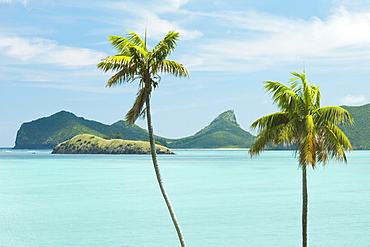
Endemic Kentia palms, also cultivated for worldwide sale, and lagoon with Mount Eliza beyond, on this 10km long volcanic island in the Tasman Sea, Lord Howe Island, UNESCO World Heritage Site, New South Wales, Australia, Pacific
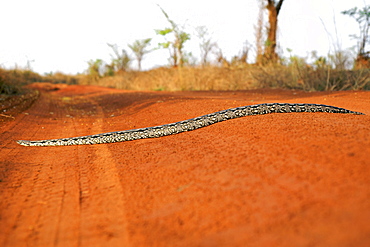
A Madagascan ground boa (Boa madagascariensis), a non-venomous snake endemic to the island, crossing a dirt road in western Madagascar, Madagascar, Africa

Endemic Maldives anemonefish (Amphiprion nigripes) in magnificent anemone (Heteractis magnifica), Baa Atoll, Maldives, Indian Ocean, Asia

